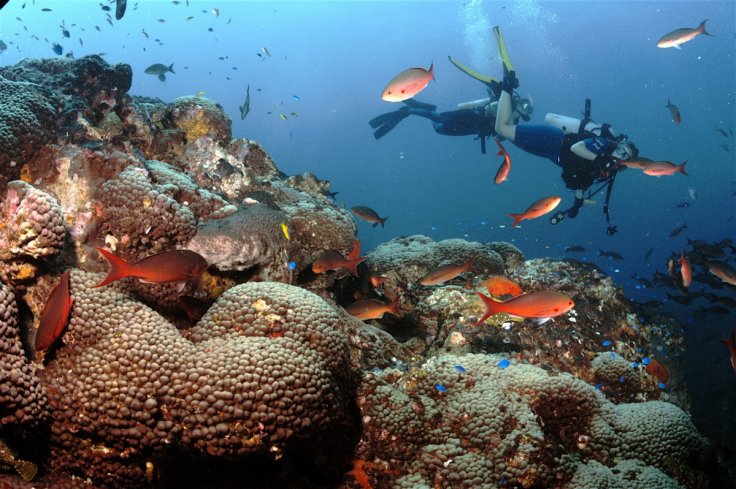
Researchers from the National University of Singapore (NUS) and the Indonesian Institute of Sciences (LIPI) conducted a joint scientific underwater expedition in the Indian Ocean, southwest of Java, where they discovered at least 11 bizarre deep-sea creatures that were unknown to science or the marine world.
After a two-week-long joint expedition, researchers collected over 12,000 specimens from 63 sites of the southern coast of West Java, as they sailed from Jakarta to Cilacap town. The expedition covered the Indian Ocean of Java's southern coast as well as the Sunda Strait which separated the island from Sumatra.
AFP reported that Peter Ng, who is the head of the Lee Kong Chian Natural History Museum at NUS and the chief scientist for the Singapore research team said that the team was surprised at their findings, as this part of the Indian Ocean has never been explored for the deep-sea animals. The researchers never had any idea about what they were going to find, he said.
The co-lead of the research said the discovery reiterates the belief that there are many mysterious creatures underneath the sea, especially in that part of Indonesia that scientists started exploring now.
The creatures found in the expedition are related to 800 species from families that include worms, crabs, fish, jellyfish, starfish, urchins, molluscs and sponges. A new kind of spider, hermit crabs, a shiny-eyed shrimp and a crab with fuzzy spines are among those newly discovered species, said the team. One of the crabs was found with a plate protecting its eyes which resembled oversized ears.
Indonesian scientist Dwi Listyo Rahayu, who is a crab expert and co-leader of the research, said that the discovered hermit crab has bright green eyes. There is another species of shrimp, whose eyes are shiny and reflect light. Researchers nicknamed two newly discovered species as "big ears" and the other one as "spiky."
The team said that they are yet to categorize all the species they found but they also believe that there will be more new species. The reason behind such quick result is that the researchers are mostly experts in crabs and shrimps.
The NUS professor said that they found maps misleading as the given details were not accurate. The research team also complained about the waste material found in abundance in the sea, as they found one of the new crabs in an old underwear.
Professor Ng added that they still have no idea about how much the garbage has affected the marine life, but the ocean plastic is emerging as a huge challenge. The marine researchers say the underwater creatures are struggling for their existence. In February 2018, a sperm whale was found dead, on Sothern coast of Spain and officials discovered 29 kilos of plastic and other waste materials in its stomach during an autopsy.
However, professor Ng said that the scientists will carry out a detailed study on more than 12,000 creatures from 800 species that they have picked up during the expedition. He said the findings will be published in 2020 in the museum's journal, the Raffles Bulletin of Zoology.









